Windows Server 2016 Standard is the brand new, cloud-capable server operating system from Microsoft. The networking of PCs and the administration of such networks as well as the provision of data and web hosting are only a few tasks for which server systems can be used in your company. Windows Server 2016 Standard comes with many new features and offers, among other things, a new license model, which is now no longer measured at the processors, but at the cores. The Windows Server 2016 Standard Edition is suitable for low-density or non-virtualized environments. Therefore, this edition is tailored for companies that use only physical servers or use only a few virtual machines.
What’s new in Windows Server 2016 Standard
- Increased speed and flexibility through the use of cloud technologies
- Zero-Trust security approach to protect the system against current threats
- Failover clustering to increase resilience during temporary storage or network failures
- New server roles and rights for secure server system management
- Minimal execution in the nanoserver without graphical user interface for more performance and reduced maintenance requirements
- Windows containers for fast application development with maximum flexibility
Stable infrastructure with Windows Server 2016 Standard
The Windows 10-based Microsoft Windows Server 2016 Server OS provides you with more stability, security, and innovation for your infrastructure and helps you to move to a cloud environment. The various integrated protection levels ensure the protection of your system and all data in it. In addition, you can easily create complex networks and develop your own data center. However, the Standard Edition does not provide Shielded Virtual Machines, Software Defined Networking (SDN), and Storage Spaces Direct and Storage Replica. These features are only available with the Windows Server 2016 Datacenter Edition.
New license model for the first time in Windows Server 2016
By the previous versions, the Standard and Datacenter licenses are valid for each two physical CPUs. With the new licensing model, a change from a Pro-CPU to a Pro-Core licensing took place. It is assumed that a server has at least 8 cores per processor and a total of at least two processors, so a total of 16 cores. For each server, 16 cores are the minimum, and at least 8 cores must be licensed per CPU. Better equipped servers must be upgraded with additional licenses. The supplementary licenses are available in the steps of 2, 16 and 24 cores each. It is also necessary to purchase the appropriate user or device CALs.
Are you a reseller?
If you’re a reseller, mail us and we’ll send you a tailor-made price list. Let’s work together!
For the safety of your device we always recommend the installation of an Antivirus, you can choose your Antivirus from our website.

 FAST SHIPPING BY EMAIL WITHIN 1 / 3 HOURS
FAST SHIPPING BY EMAIL WITHIN 1 / 3 HOURS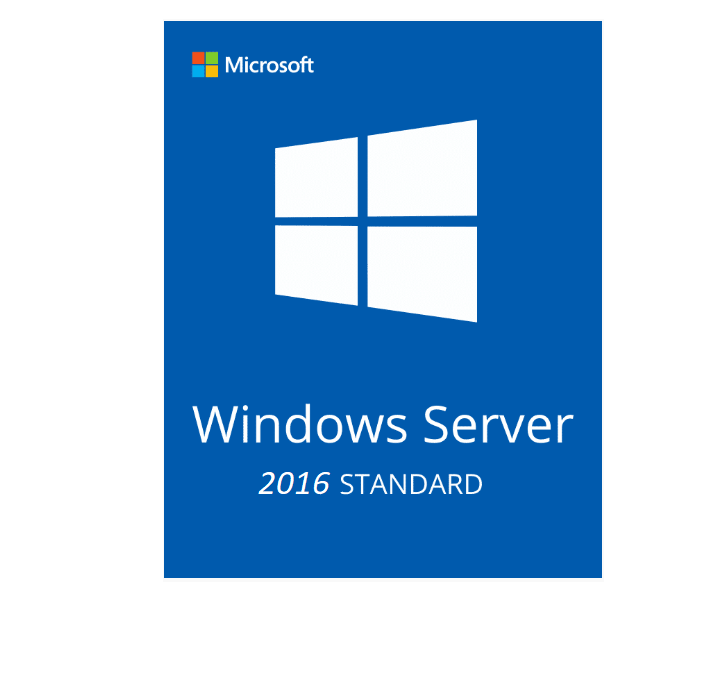
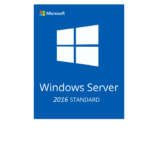

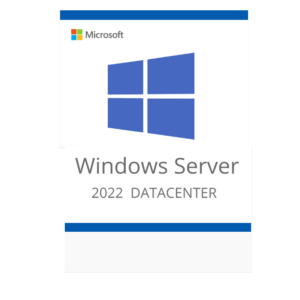
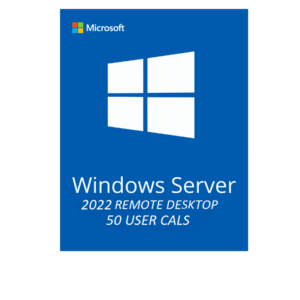
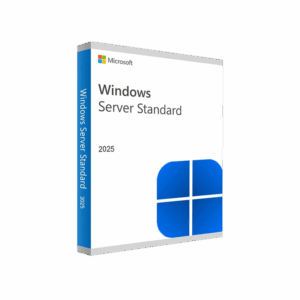
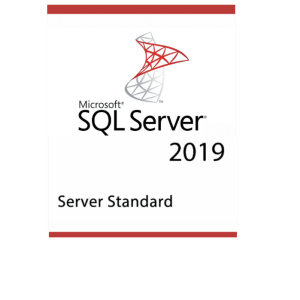
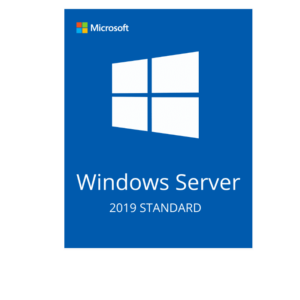

Reviews
There are no reviews yet.